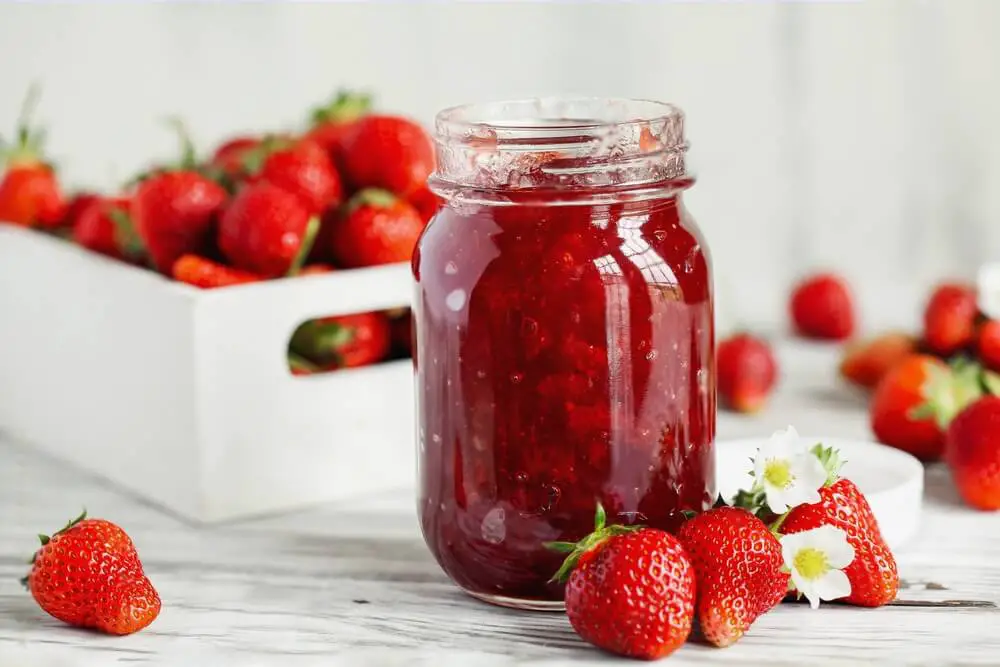When it comes to Japanese cuisine, the taste journey can be a delightful adventure. Two condiments that often grace the plates of this cuisine are Furikake and Togarashi. These flavor enhancers are like the secret weapons of Japanese chefs, and they can transform a simple dish into a culinary masterpiece. But what exactly are Furikake and Togarashi? How do they differ, and when should you reach for one over the other?
Let’s dive into this flavorful showdown of Furikake Vs. Togarashi.
Furikake: The Flavorful Sprinkle
What is Furikake?
Furikake, pronounced “foo-ree-kah-kay,” is the unsung hero of Japanese cuisine. Its name literally means “sprinkles,” and that’s exactly what it is – a sprinkling of magic that elevates your food. This seasoning blend is like the fairy dust of the culinary world.
Ingredients of Furikake
Furikake’s ingredients can be as diverse as the stars in the night sky. But common elements include dried fish, seaweed, toasted sesame seeds, salt, and sugar. It’s this combination that gives Furikake its unique flavor profile. Think of it as a savory-sweet symphony with a hint of the ocean.
Other potential ingredients in Furikake: Katsuobushi (dried, fermented skipjack tuna), okaka (bonito flakes mixed with soy sauce), dried shiso leaf, shiitake mushroom, egg, wasabi, powdered miso, and even the kitchen sink (just kidding, but it’s that versatile).
Furikake: A Brief History
Furikake wasn’t born in a fancy kitchen but rather in a pharmacy. Yes, you read that right! A pharmacist named Suekichi Yoshimaru was the mastermind behind this seasoning. Originally, it was created as a nutritional supplement to be paired with plain white rice. But soon, its irresistible flavor caught on, and now it’s a staple in Japanese households.
How to Use Furikake
Furikake isn’t picky about what it complements. Traditionally, it’s sprinkled on steamed rice, instantly turning a plain bowl of rice into a party for your taste buds. But that’s just the beginning. You can also sprinkle it on fish, vegetables, and practically anything that needs a flavor boost.
Whether commercially produced or homemade, the process of making Furikake involves chopping and grinding the ingredients into a powdery or flaky form. Then, it’s packaged in shakers for your convenience.
Pro Tip: Some commercially produced Furikake might contain monosodium glutamate (MSG) for an extra flavor kick.
Togarashi: The Spicy Allure
What is Togarashi?
Togarashi, my friends, is where things get spicy – in a good way, of course! This Japanese condiment takes its name from chili peppers, which are its star ingredient. But there’s more to Togarashi than just spice.
Ingredients of Togarashi
Togarashi mainly consists of chili peppers, sesame seeds, ground ginger, dried orange peel, and dried seaweed. These elements combine to create a symphony of flavors that will dance on your palate.
The Three Varieties of Togarashi
- Schichimi Togarashi: This one’s also known as the “seven flavor chili pepper” or the “Japanese seven spice.” Why? Because it’s a blend of seven delightful ingredients – red chili pepper, sansho pepper, white and black sesame seeds, ground ginger, dried orange peel, and dried seaweed. It’s like a spicy, citrusy party in your mouth.
- Ichimi Togarashi: If you like to keep it simple, Ichimi Togarashi is your go-to. “Ichimi” means “one flavor,” and that’s precisely what you get – the fiery goodness of chili peppers.
- Nanami Togarashi: Similar to Schichimi Togarashi, Nanami Togarashi includes the same ingredients, but it cranks up the citrusy vibes with more dried orange peel. So, if you crave that zesty kick, Nanami Togarashi is your jam.
How to Use Togarashi
Togarashi isn’t just about heat; it’s about flavor with a kick. You can sprinkle it on noodles, rice, soups, or anything that needs a spicy awakening. It adds a fiery note with a hint of sweet citrus, thanks to the dried orange peel.
Furikake Vs. Togarashi: The Flavor Showdown
Flavor Profiles
Furikake is like a gentle sea breeze – slightly briny, with sweet and savory undertones. Its symphony of flavors enhances the dishes it graces.
Togarashi, on the other hand, is the spice of life. It’s predominantly chili pepper-driven, making it quite spicy. But it also surprises you with a sweet citrusy twist, courtesy of the dried orange peel.
Versatility
Furikake is versatile in its own right. It can elevate rice, fish, and vegetables, bringing a burst of flavor to each dish. The array of ingredients it can include means you can tailor it to your liking.
Togarashi, with its spice and zest, can be your go-to for noodle dishes, soups, and anything you want to tingle your taste buds. Whether you choose the complexity of Schichimi or the simplicity of Ichimi or Nanami, it can be your flavor sidekick.
In Conclusion: Enhancing the Culinary Adventure
Both Furikake and Togarashi are like culinary treasures waiting to be discovered. They aren’t just condiments; they’re gateways to a world of flavors. Whether you sprinkle Furikake to add depth to your rice or embrace the fiery allure of Togarashi, these seasonings are your tickets to a flavorful journey.
So, the next time you’re at a Japanese restaurant or experimenting in your own kitchen, don’t forget to reach for Furikake or Togarashi. They might just be the secret ingredients that turn your meal into a masterpiece. After all, in the world of culinary delights, it’s the small details that make the biggest difference.
In the battle of Furikake Vs. Togarashi, there’s no clear winner. It all comes down to your taste preferences and the dish you’re creating. So, go ahead, explore, and savor the magic of these Japanese condiments. Your taste buds will thank you for it!



